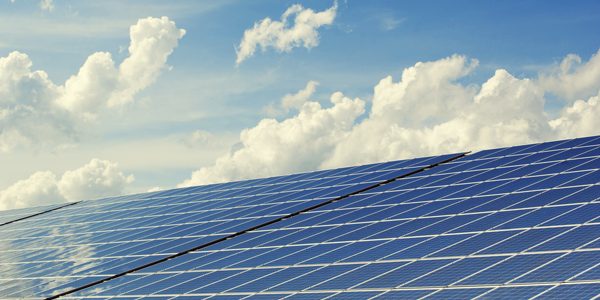
12 Aug NEARLY ZERO-ENERGY BUILDINGS IN 2020
In Western culture, where we are used to configuring everything that can be measured, we have done the same with the environment. To make our environment more sustainable, international meetings on the environment have agreed to certain world goals to reduce CO2 emissions.
This treaty is laid out in European Directive 2010/31 on energy efficiency. The document implements certain elements to ensure buildings will have almost zero energy consumption by the year 2020. This declaration means that renewable or alternative energies can be used to produce enough energy to maintain the level of comfort in homes.
This Directive was transposed into Spanish Royal Decree 235-2013 and the articles of the new building code (DB I 09-2013), and each autonomous community has its own agency responsible for regulation, control and monitoring, which is ICAEN in the case of Catalonia. To implement the recommendations, this body supervises the initial part of the project and subsequent execution, obtaining the corresponding category for each building depending on its energy efficiency.
Current law encourages the application of new technologies to obtain the energy category permitted in new buildings. Biomass co-generation installations, among others, should be encouraged to generate energy and to improve small-scale energy production, as they provide almost zero energy consumption in the home.
